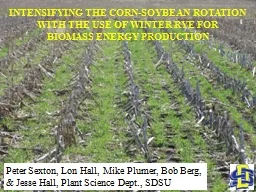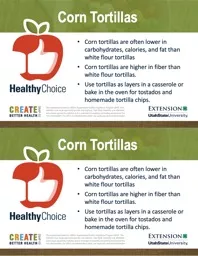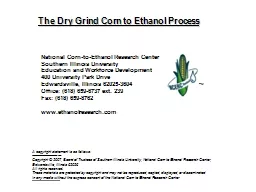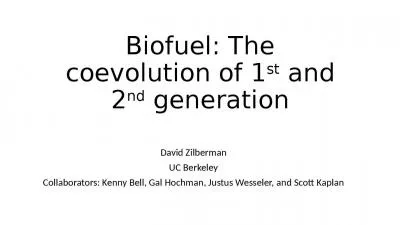PPT-Seeding Rate Effects on Ethanol Production in Corn and Sorg
Author : kittie-lecroy | Published Date : 2016-07-10
Todd Ballard IGERT fellow Kansas State University Department of Agronomy Sunil Bansal GRA KState Department of Grain Science and Industry Shirley Agrupis Borlaug
Presentation Embed Code
Download Presentation
Download Presentation The PPT/PDF document "Seeding Rate Effects on Ethanol Producti..." is the property of its rightful owner. Permission is granted to download and print the materials on this website for personal, non-commercial use only, and to display it on your personal computer provided you do not modify the materials and that you retain all copyright notices contained in the materials. By downloading content from our website, you accept the terms of this agreement.
Seeding Rate Effects on Ethanol Production in Corn and Sorg: Transcript
Download Rules Of Document
"Seeding Rate Effects on Ethanol Production in Corn and Sorg"The content belongs to its owner. You may download and print it for personal use, without modification, and keep all copyright notices. By downloading, you agree to these terms.
Related Documents

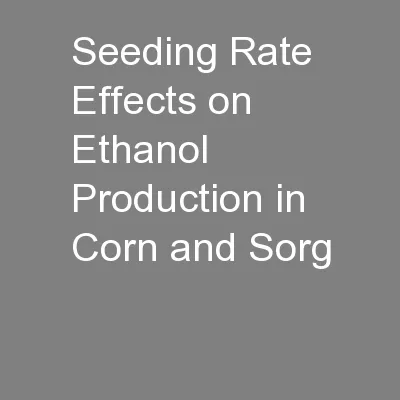
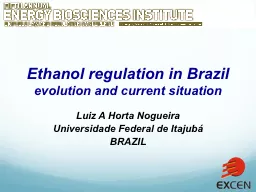
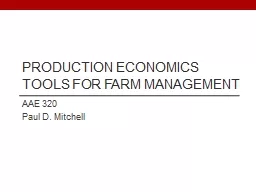
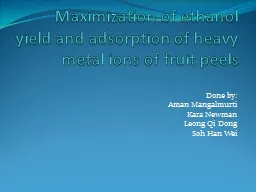
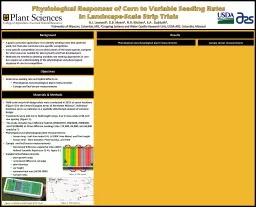
![[BIO] ETHANOL](https://thumbs.docslides.com/472825/bio-ethanol.jpg)


